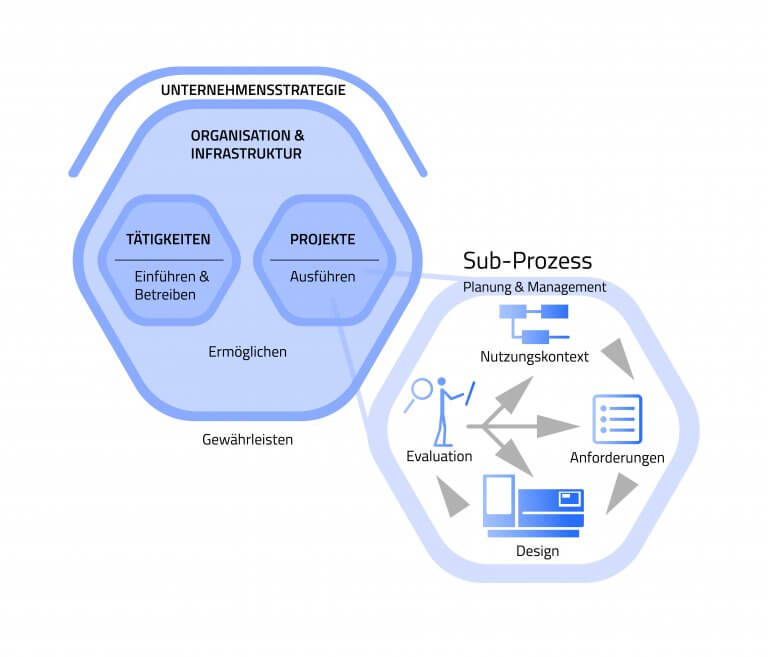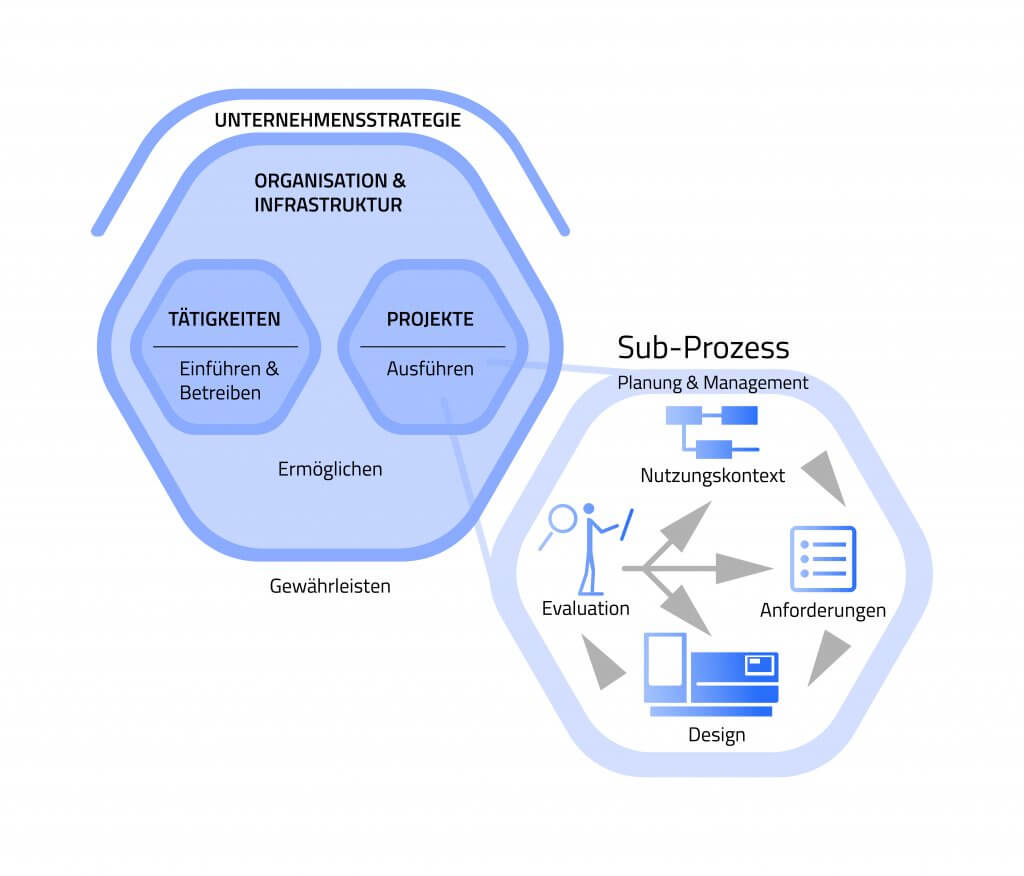IRNAS and USE-Ing. have officially announced their partnership to develop innovative and user-centric solutions for various industries. The two companies are pooling their resources to promote sustainable and long-lasting solutions that are tailored to the needs and workflows of users.
With a broad spectrum of industries and sectors, including consumer goods, medical technology, and security technology, USE-Ing. and IRNAS will jointly shape the future of the industry.
Experienced team develops user-centric solutions with IRNAS partnership
USE-Ing. is composed of an interdisciplinary research and design team of experienced usability engineers, psychologists, HMI, and UX designers. This team has developed a deep understanding of users and their needs in their professional everyday life and is capable of identifying and addressing technological challenges to ensure a better user experience.
“The partnership with IRNAS enables USE-Ing. to have a more agile and reliable solution creation process,” says Marcus Jenke, Managing Director of USE-Ing. “The experienced collaboration with such a highly professional and motivated team allows us to focus more on overcoming the challenges that come with designing the most user-friendly and pleasant user interaction possible, without stumbling over the hurdles of technical implementation. True user acceptance is only sustained in the long term if thoughtful ergonomics and usability are maintained and can be found in the final product on the market.
The unique combination of in-house manufacturing and multidisciplinary engineering experts with comprehensive experience in building devices using rapid prototyping methods allows IRNAS to develop cost-effective and time-optimized solutions for various industries. The solution design that enables an intuitive user experience significantly increases satisfaction and product success.
“The partnership with USE-Ing. enables IRNAS to offer an overall better development service,” says Luka Banović, Product Development Lead at IRNAS. “Working with a company that specializes in engaging with users at such a profound level like USE-Ing. makes our life as a product development house much easier. Well-thought-out products last longer and are not so quickly outdated. This aligns perfectly with the vision and values of IRNAS, not just to manufacture more devices, but to keep the devices that come to market as relevant as possible for as long as possible, thereby creating the greatest added value.
Both our companies are based in Europe, but they offer their products and services on the global market, assisting some of the largest companies in the most demanding sectors in the introduction of innovative solutions.
About the companies USE-Ing. and IRNAS
USE-Ing. GmbH is a German human factors engineering and design service company with the mission to develop technology for and especially with users. Since 2018, USE-Ing. has become a renowned provider of professional services in the fields of human-centered product development, UX/UI design, ergonomics, usability optimization, and user-centered innovation. Involving real users at the right time and in the right way in the product development cycle is our distinguishing feature in the market. In the context of digitalization, automation, and demographic change, we support industrial companies from medical technology, aviation, and mechanical engineering in the user-friendly design of products. That’s why USE-Ing. recruits professional users who co-design and evaluate high-tech products throughout the entire development process, thus ensuring that “the right thing is built before it’s built.”
IRNAS is a custom hardware development company based in Maribor, Slovenia. Since 2011, IRNAS has evolved into a visible, well-established design house covering many industrial areas. IRNAS offers electronics engineering, firmware development, software development, prototyping, and automated testing, as well as design for manufacturing and production management. With its constantly evolving in-house production capabilities, IRNAS ensures that it remains one of the fastest design and prototyping companies in this part of the world. IRNAS is one of the few EU-based design partners of Nordic Semiconductor and develops specialized solutions with BLE and mobile connectivity. In the past two years, IRNAS has also focused on becoming an expert in the integration of machine learning in devices. Their expertise in this area has been further advanced through a development partnership with Edge Impulse.
We are happy to support you holistically and user-centered in your development process. If you are interested, our experts are at your disposal with advice and action. Get in contact
Links
Here you can find the link to the article at IRNAS: https://www.irnas.eu/irnas-and-use-ing-collaboration/



